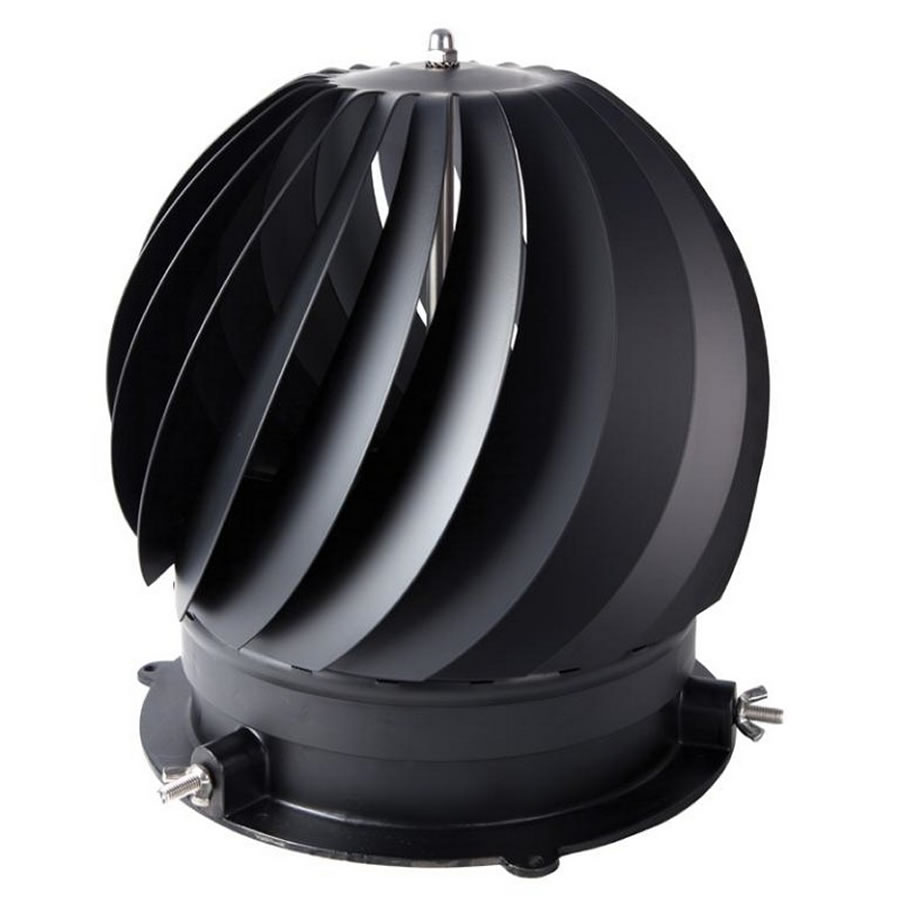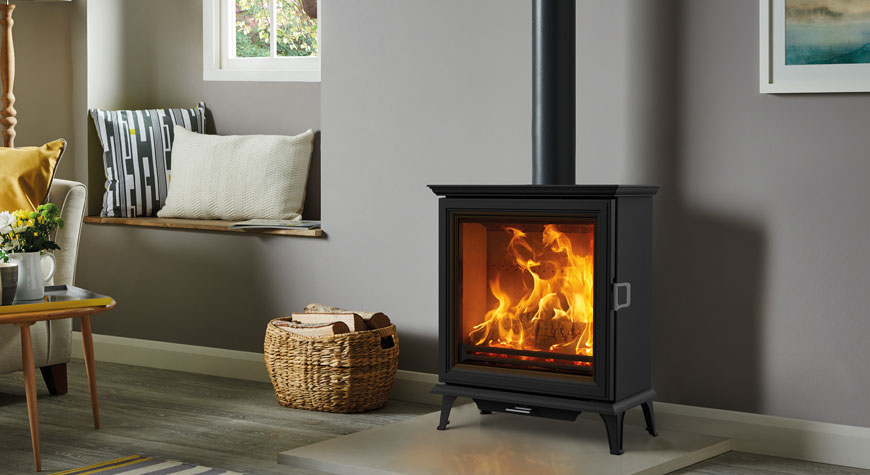When you buy a wood-burning/multifuel stove you will be advised about the various airflow systems which maximise efficiency. It is only when you install your stove and begin to experiment with air vents that you realise the power that controlling airflow has in relation to the efficiency of your stove. So, primary, secondary and tertiary airflow systems, what do they do and why are they so important?
Primary air supply
The primary air supply to your stove enters the machine towards the bottom of the firebox and is of greater importance when burning coal. Adjusting the air vents which control the primary airflow will allow you to find the optimum level at which the coal/wood and other fuel will burn. When you initially light your stove you will require maximum airflow to ignite the fuel. As the fuel begins to burn you can then turn down the primary airflow so as to maximise fuel efficiency and ensure your stove does not suffer from “overheating”.
Secondary air supply
Many people would suggest that the secondary air supply is more important when burning wood but it does play a role whichever type of fuel you are using. In particular, when burning wood it is essential that the firebox temperature is kept as high as possible. If the airflow used was predominantly from the primary supply this would cool the firebox and reduce the efficient burning of wood. So, the secondary air supply has a journey which takes it around the firebox so by the time it enters it is already “preheated”. This ensures that there is no interruption to the rising temperature within the firebox and the fuel is burned most efficiently.

The secondary air supply is also used to ensure the glass viewing area is as clear as possible at all times. The flow of air, past the viewing area, simply reduces the amount of soot and other materials which are often attracted to the glass surface. As the majority of new wood-burning/multifuel stoves today have extended viewing areas this is essential.
Tertiary air supply
The tertiary air supply system is becoming more commonplace especially in light of renewed government air pollution targets. This particular air supply is situated to the back of the firebox and maximises use of the extreme temperatures in the area. The main focus of the tertiary air supply, which is extremely hot, is to burn off the gases which escape while the fuel is burning. The burning of these gases creates yet more heat which is retained within the body of the stove and emitted into your room in a controlled manner. Tertiary air supply is commonplace in clean burn systems.
Conclusion
Many people are not fully aware of the impact which the primary, secondary and tertiary air supplies can have on the efficiency of their stoves. As they all relate to the way in which fuel is burnt they will have a direct impact upon the cost of running your machine. As we move into an era where air pollution will be an even greater focus of the government it is essential that as much gas as possible is burnt before entering the flue pipe and eventually being released into the atmosphere.

